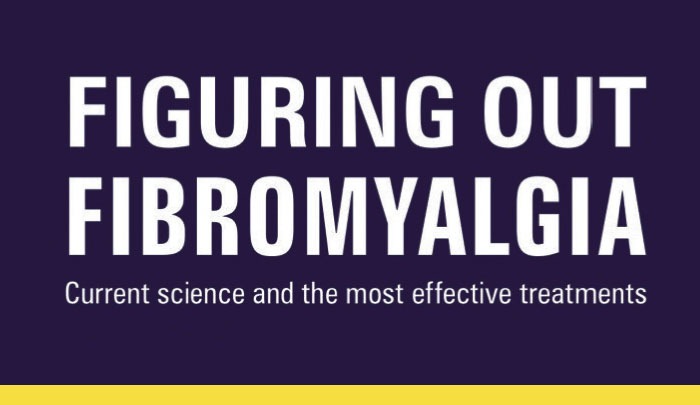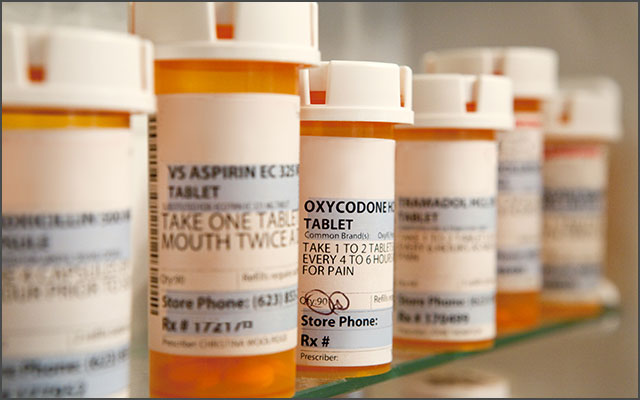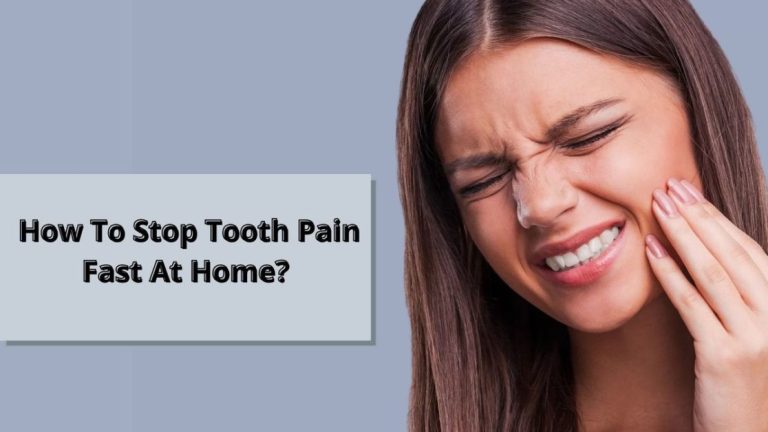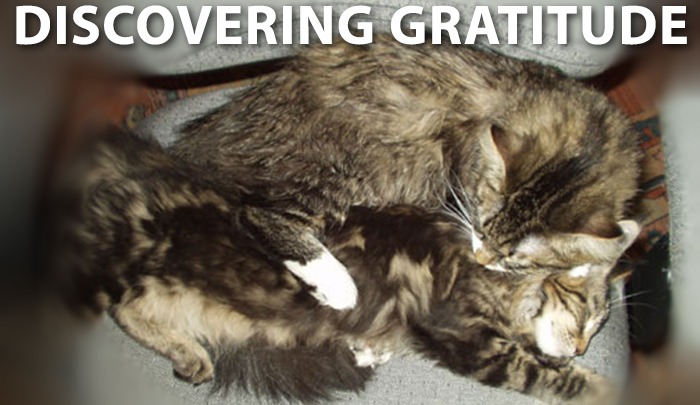Figuring Out Fibromyalgia

There is an old saying that “it takes one to know one,” and when it comes to fibromyalgia patients, no one understands them better than Dr. Ginevra Liptan. As medical director for The Frida Center for Fibromyalgia in Portland, Oregon, Liptan is immersed in the fibro arena every day, but she also brings an unusual perspective to her career that is only possible through personal experience.
“I developed fibromyalgia after my first year in med school,” Liptan says. “I started having a lot of muscle and neck pain, and we couldn’t figure out what was going on. That was the most frustrating thing in the beginning — not getting a diagnosis or even knowing which health professional to see.”
Liptan recalls her initial trepidation at sharing her diagnosis with her colleagues.
“I didn’t think I could tell anyone in medical school because of the negative connotation that fibromyalgia has,” she says. “Fibro is so poorly understood and sometimes has a subtle stigma associated with it. I felt like I was going undercover at times, and I really struggled with trying to act like nothing was wrong.”
Liptan used research skills honed by the rigors of medical training to learn more about her condition. She soon realized that others faced similar challenges but without access to the same resources, so she founded The Frida Center and in January published Figuring Out Fibromyalgia.
“My goal was to try and translate the complex medical information I learned into something easy to understand,” Liptan explains. “It took me a lot of time and money to find what was most helpful, and I thought that by sharing my experiences, other people could learn from my mistakes.
“I was surprised to find that not everyone’s fibromyalgia experience is the same,” Liptan continues. “I included a lot of patients’ stories because I wanted the book to be more than just about me. It was sometimes frustrating because a treatment might work for me, but it wouldn’t work for everyone. Good science is trying to find what works for most people.”
At the center, Liptan helps educate other fibromyalgia patients about new treatments and therapies. One of the most exciting therapies she has utilized for herself is myofascial relief massage (MFR), and she is eager to let others know about the positive results she’s achieved.
“MFR is a form of manual therapy that involves very gentle, slow stretching of the muscles,” Liptan says. “A recently completed large European study shows that this type of massage for fibromyalgia is very successful in relieving symptoms after 20 sessions, and there seems to be longer-acting pain reduction. In my experience, MFR was one of the first things to help me get back to school and become functional again.”
RELATED: Get in The Right Hands
Liptan also maintains that the mind-body connection cannot be overlooked when treating fibromyalgia, and she is a strong advocate of complementary medicine. She says that although she would not have chosen to have fibro, the experience has had a dramatic effect on her life, and she encourages other fibro patients to become their own best advocate.
“Chronic pain forces you to go through a lot of unwanted spiritual growth,” Liptan explains. “I am a much stronger person after the experience.
“A huge part of me feeling better was getting treatment for my depression with a really good counselor,” she continues. “When you’re in pain, it is very easy to become depressed, and you have to find what helps. The emotional and spiritual part cannot be forgotten.”
Have you used MFR or massage for fibromyalgia symptom relief? If so, let us know in the comments below.
PainPathways Magazine
PainPathways is the first, only and ultimate pain magazine. First published in spring 2008, PainPathways is the culmination of the vision of Richard L. Rauck, MD, to provide a shared resource for people living with and caring for others in pain. This quarterly resource not only provides in-depth information on current treatments, therapies and research studies but also connects people who live with pain, both personally and professionally.
View All By PainPathways






